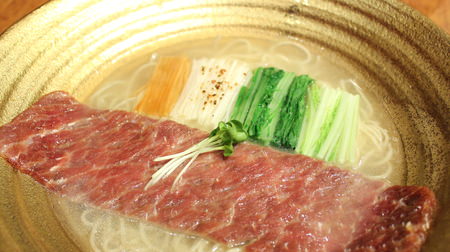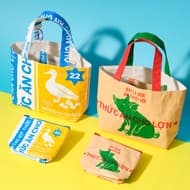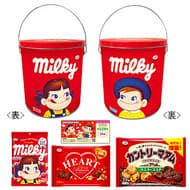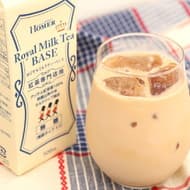
How many people in the prefecture eat such ramen the most? The ranking of "Ramen-loving citizens" has been announced based on the number of ramen shops for the population of each prefecture!
■ Yamagata Prefecture is number one in the ramen-loving prefectural ranking!
A survey of the number of ramen shops per 100,000 population by prefecture shows the following results.
1st place 42 stores in Yamagata prefecture
2nd place 33 stores in Niigata prefecture
3rd place 30 stores in Tochigi prefecture
4th place 30 stores in Akita prefecture
5th place Hokkaido 28 stores
6th place 27 stores in Fukushima prefecture
7th place 27 stores in Nagano prefecture
8th place 26 stores in Tokushima prefecture
9th place 25 stores in Toyama prefecture
10th place 25 stores in Kagoshima prefecture
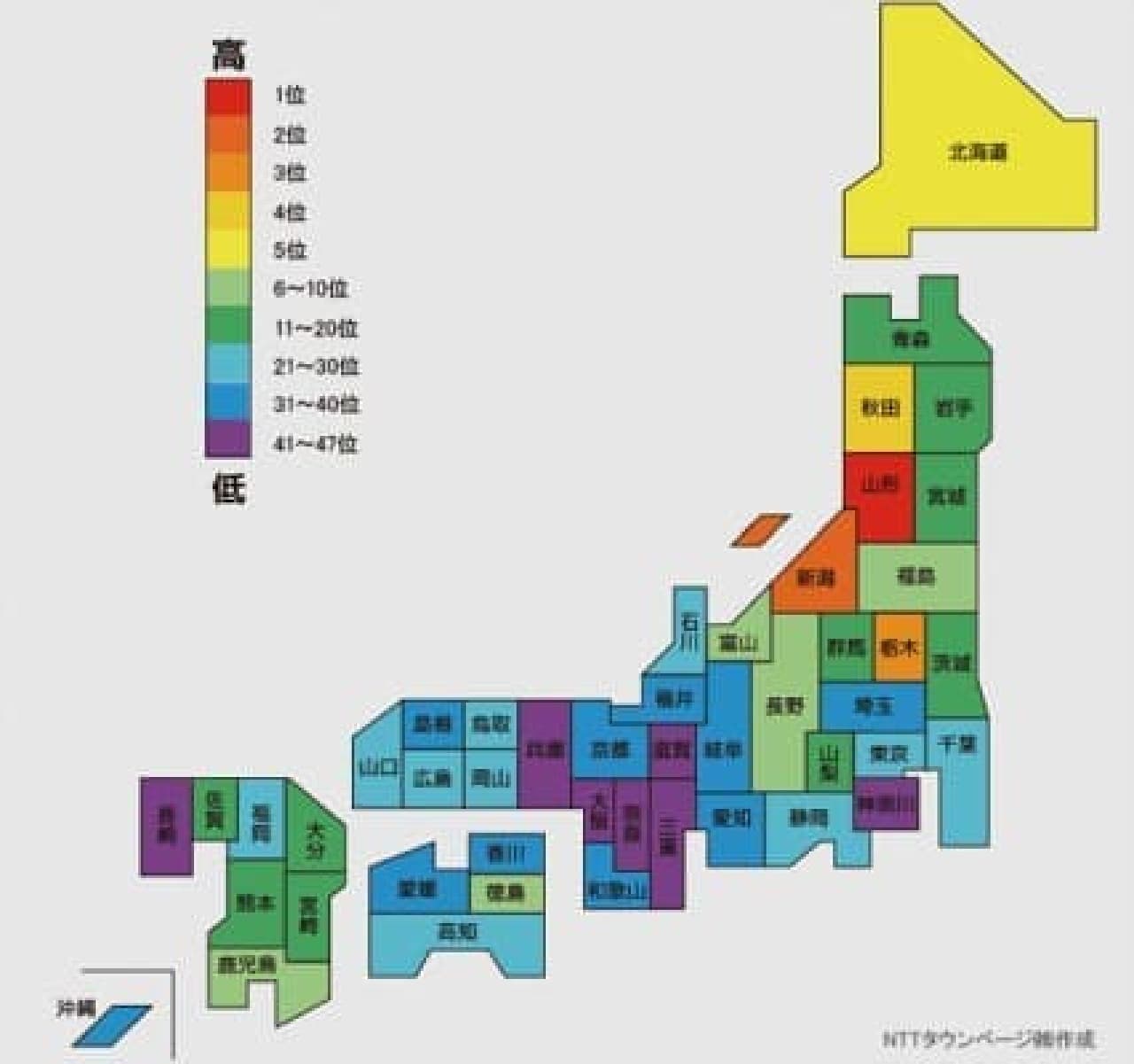
Yamagata Prefecture is number one. It has been the undisputed leader for 10 years, far behind the 2nd place and below. Yamagata Prefecture is known as a soba restaurant, but many soba restaurants offer ramen along with soba and udon noodles. Yamagata Prefecture has no image of local ramen, but that is why each shop may have continued to make ramen that is loved by the locals.
Second place is Niigata prefecture. The prefecture and ramen fans are known for the "Niigata 5 Great Ramen", which is characterized by its lightness, backfat, ginger, and rich miso. In addition, it has a unique noodle culture, and "Hegi soba noodles" that use seaweed "Funori" as a binder and yakisoba-style spaghetti called "Italian" are popular.
Tochigi Prefecture is in third place. The local ramen "Sano ramen", which is characterized by its rich soy sauce flavor, is known. It is also a wheat-producing region, and handmade noodles are popular. In terms of municipalities, the number of ramen shops in Sano City is one or two nationwide.
On the other hand, in addition to the Kinki region such as Osaka and Hyogo, Nagasaki and Kanagawa prefectures are ranked in the lower ranks. Is it because the Kinki region has a “flour” culture such as okonomiyaki, and the Nagasaki prefecture has a Champon and Sara udon culture? Isn't it surprising that Kanagawa, which has "family" Yokohama ramen, is in the lower ranks?
■ Summary
At the top of this ranking, areas with severe winter cold such as Tohoku and Hokuriku are lined up. Warm your body with a cup of ramen in a warm soup. In these areas, ramen may be blended in as a daily necessity, regardless of the ramen boom.
* The survey is based on the NTT Town Page. As of April 2015, the number of cases registered in the industry classification "ramen shop" in the company's database was calculated.
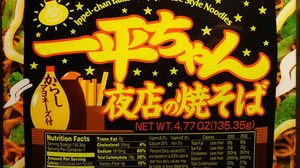


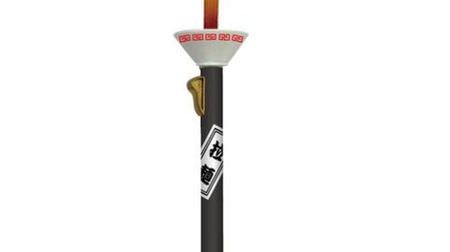

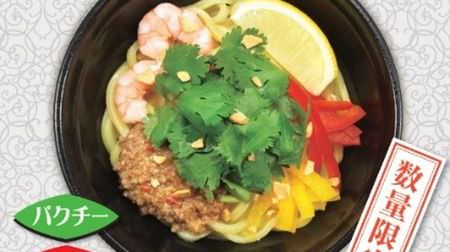
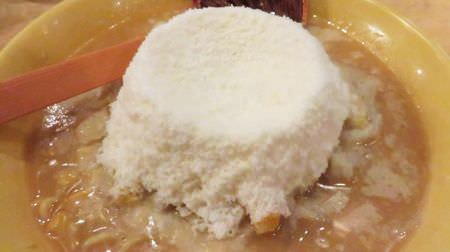
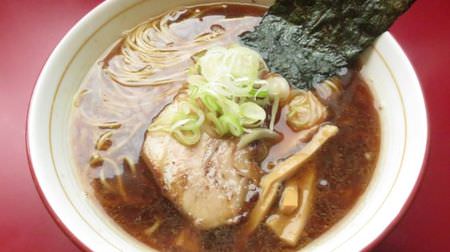
![[Only read Niboshi lovers] How amazing is "Wow! Niboshi Ramen Nagi"? --Soak the exquisite "fisherman's rice" in the guts and dried sardines soup](https://image.entabe.jp/upload/articles/20851/874102418278bb1ac58a51bb239dba75_special.jpg)

!["White beef" sausage x finest lean meat--Menya Musashi "Beef ra-noodles" is sure to be a meat lover [Kinno Musashi 6]](https://image.entabe.jp/upload/articles/12342/58b147fda7eb5963740dd866a8cb9d6f_special.JPG)
